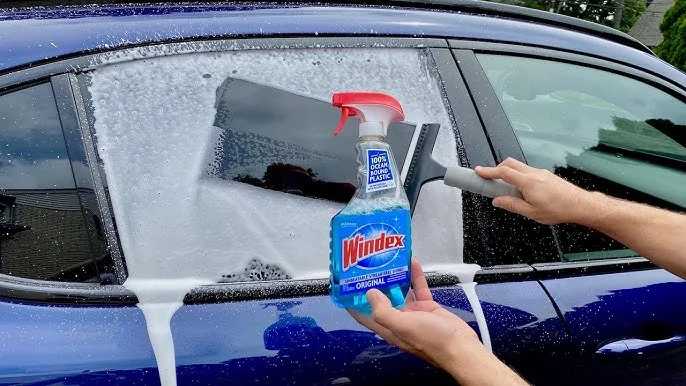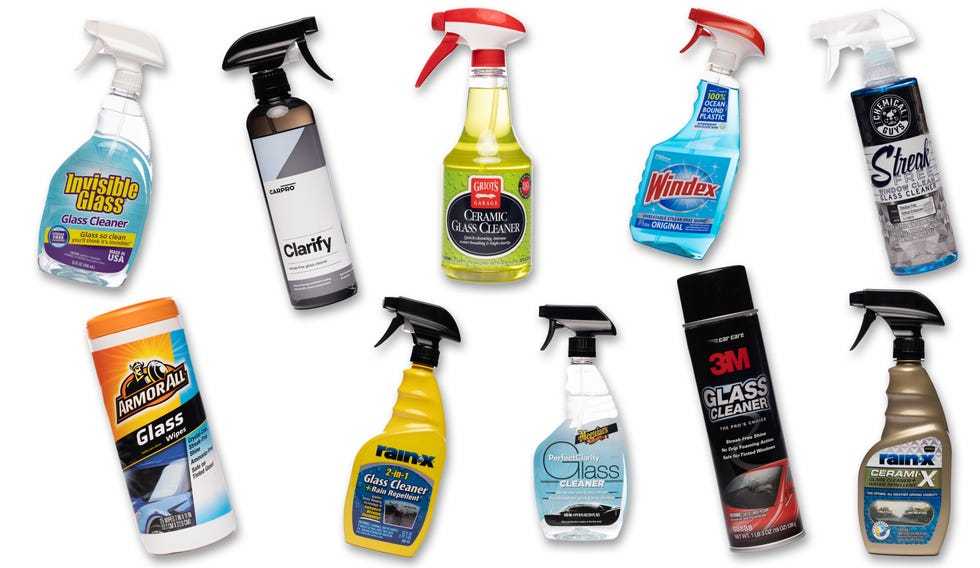To prevent laminated glass cracks from spreading, quickly apply a clear nail polish or epoxy resin along the crack line, and reinforce the area with a protective film or tape. Regularly inspecting and addressing minor cracks early can save you from costly repairs down the line. Acting fast and using the right materials helps contain the damage and maintain the integrity of your glass.
Cracks in laminated glass can be nerve-wracking, especially when they seem to spread rapidly. The good news is, you can stop or slow down this process with some simple, effective steps. Whether it’s a small chip or a bigger fracture, quick intervention is key. This article will guide you through practical methods to prevent cracks from worsening, preserving both the safety and appearance of your glass. You’ll learn easy DIY tips to reinforce the damage and when to seek professional help, ensuring your laminated glass stays intact longer.
How to Stop Laminated Glass Crack Spreading
Understanding Laminated Glass and Why Cracks Spread
Laminated glass consists of two or more glass layers glued together with an interlayer, usually made of polyvinyl butyral (PVB). This construction makes the glass safer and more durable. However, when it develops a crack, the risk of damage spreading increases rapidly. Cracks can extend due to temperature changes, impact pressure, or manufacturing flaws. Knowing why cracks spread helps us learn how to prevent further damage effectively.
Initial Steps to Manage a Crack
The moment you notice a crack, act quickly. First, avoid touching or applying pressure near the crack area. Applying pressure can push the crack to grow larger. Cover the crack with clear tape to prevent debris from entering and to reduce the chances of the crack worsening. This temporary measure keeps the crack from spreading until professional repairs can be made.
Assessing the Damage
Examine the crack carefully to understand its size and shape. Small, spider-web-like cracks are less likely to spread rapidly if properly managed. Larger or growing cracks need prompt action. Measure the length of the crack and note its location. This information will be useful for professionals to determine the best repair approach.
Why Cracks Spread in Laminated Glass
Crack propagation happens due to stresses within the glass and interlayer. External factors such as temperature fluctuations cause expansion and contraction. Impact from flying debris or sudden pressure can also cause cracks to extend. Additionally, existing small cracks can act as starting points for further splitting if not stabilized early.
Preventive Measures to Stop Crack Growth
- Avoid sudden temperature changes by keeping the glass in a stable environment. Rapid heating or cooling can put stress on the glass.
- Reduce physical pressure or vibrations around the glass. Vibrations from nearby machinery or traffic may cause cracks to worsen.
- Keep the glass clean to prevent dirt and debris from causing additional damage.
- Apply protective coatings or films designed for laminated glass to provide extra resistance against impacts and UV rays.
Using Special Epoxy or Resin Fillers
In some cases, applying a high-quality epoxy or resin can help stop cracks from spreading. These materials fill the crack, bond the glass layers, and reinforce the structure. It is crucial to choose the right product for laminated glass and apply it correctly for optimal results. Always consult a professional for proper application.
Proper Repair Techniques
Professionals may use methods such as injection of resin or diamond grinding to repair cracks. Resin injection fills the crack and bonds the layers, preventing further growth. Diamond grinding smooths the crack surface and reduces stress points. These techniques help preserve the integrity of the glass and slow down the spreading process.
How to Prevent Future Cracks
To avoid future cracks, consider the following steps:
- Regular maintenance ensures the glass remains in good condition.
- Install protective window films that absorb impact energy and prevent crack initiation.
- Control environmental factors such as temperature and humidity around the installed glass.
- Choose high-quality laminated glass for areas prone to impacts or temperature variations.
The Role of Glass Thickness and Quality
Thicker laminated glass is generally more resistant to cracks and less likely to spread once damaged. The quality of the interlayer also plays a significant role. Higher-quality PVB layers can absorb more impact energy and reduce crack propagation. When selecting laminated glass, always prioritize durability and impact resistance.
Importance of Professional Inspections
Regular inspections by glass specialists help identify early signs of crack growth or other damages. Professionals use specialized tools to assess the structural integrity of the glass. Early detection allows for timely repairs, preventing small cracks from becoming serious problems.
Innovative Technologies in Laminated Glass
New developments include self-healing glass coatings that repair minor cracks automatically. These materials use microcapsules that release adhesive when cracks form. While still emerging, such innovations could dramatically reduce crack spreading in the future.
Summary of Key Tips to Stop Crack Spread
- Act quickly at the first sign of a crack
- Cover the crack with clear tape temporarily
- Evaluate the crack size and shape regularly
- Prevent environmental factors from exacerbating the damage
- Use resin injections or professional repair techniques for structural reinforcement
- Implement preventive measures such as impact-resistant films and regular maintenance
- Choose high-quality laminated glass for critical applications
- Schedule regular inspections to catch issues early
Additional Tips for Protecting Laminated Glass
Consider installing storm windows or protective shields in areas with high impact or harsh weather conditions. These barriers can absorb shocks and reduce the chances of cracks forming. Moreover, avoid slamming windows or doors near glass panels to prevent sudden impacts that cause cracks to spread.
Stopping laminated glass cracks from spreading involves prompt action, proper repair techniques, and preventative care. Understanding how stresses affect the glass and implementing protective measures can extend the lifespan of your laminated glass panels. Regular inspections and using advanced materials also contribute to maintaining their structural integrity over time.
STOP windshield CRACK from Spreading
Frequently Asked Questions
What immediate steps can I take to prevent a crack in laminated glass from spreading further?
If you notice a crack in laminated glass, avoid applying pressure or attempting to fix it yourself, as this can worsen the damage. Cover the crack with clear tape or a thin plastic sheet to prevent dirt and moisture from entering. Keep the glass away from vibrations or impacts, and contact a professional to assess and repair the window promptly.
How does controlling environmental factors help stop a crack from spreading in laminated glass?
Maintaining stable temperature and humidity levels around the glass reduces stress that can cause cracks to spread. Avoid exposing the glass to sudden temperature fluctuations or direct sunlight. Proper environmental control minimizes expansion and contraction of the material, helping to contain existing cracks and prevent new damage.
Can applying specific types of sealants prevent cracks from advancing in laminated glass?
Using quality sealants designed for glass helps seal minor cracks and prevent moisture ingress, which can weaken the laminate. Applying a clear, flexible sealant around the edges of the crack can provide additional support and reduce the risk of it spreading. However, always consult a professional before applying any sealants to ensure compatibility and effectiveness.
What role does regular inspection play in managing cracks in laminated glass?
Performing routine inspections allows you to monitor existing cracks and identify new ones early. Early detection provides an opportunity to address issues before they worsen, often through professional repairs. Regular checks also help determine if environmental or structural factors contribute to crack propagation, allowing you to take preventive action.
When should I consider professional repair or replacement for a cracked laminated glass panel?
If a crack becomes larger, starts to spread quickly, or affects the structural integrity or safety of the glass, seek professional assistance immediately. Professionals can assess whether repairs are sufficient or if a full replacement is necessary to ensure safety and maintain the glass’s performance. Timely intervention prevents further damage and potential hazards.
Final Thoughts
To stop laminated glass crack spreading, act quickly to prevent further damage. Applying a clear resin or glue over the crack can help hold the glass together temporarily. Avoid putting pressure on the glass and keep it clean to prevent dirt from worsening the fracture. Regular inspection and prompt repairs are essential to maintain the integrity of the glass. Careful handling and timely intervention are key to managing cracks effectively. How to stop laminated glass crack spreading depends on immediate action and proper maintenance to prolong the glass’s lifespan.



